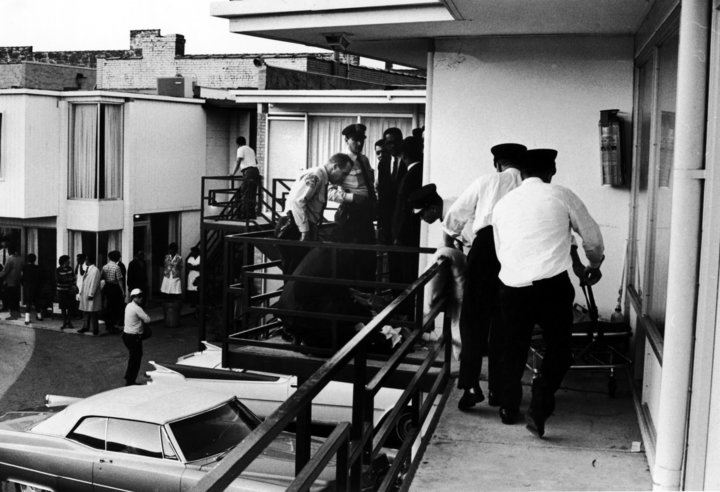[ad_1]
The Lorraine Motel was a piece of Tennessee history long before it was known for being the site of Martin Luther King Jr.’s assassination in 1968, but the motel’s story couldn’t be separated from that tragic night.
The Memphis site originally was an all-white establishment known as the Windsor Hotel, founded in the mid-1920s. In 1945, the one-story hotel was bought by Walter and Loree Bailey and became a haven for African-American travelers. A business that blacks could once only be welcomed inside as domestic workers soon became a symbol of black entrepreneurship.
The Baileys’ motel was featured in The Negro Motorist Green Book, or the “Green Guide,” which aided black travelers looking for a place to stay when Jim Crow laws made it near impossible to find accommodations.
The Lorraine was a thriving black-owned business before King’s murder and before becoming the National Civil Rights Museum, museum President Terri Freeman told HuffPost.
“It was a fun place,” Freeman told HuffPost. “It was a place where [Stax Records] artists used to hang out because the black artists, you know, the Stax artists were an integrated group that couldn’t stay together at a lot of places. So they used to come to the Lorraine.”
Everything changed the night King went out onto the balcony by Room 306.

Loree Bailey, the motel’s namesake, suffered a stroke hours after King was shot and died five days later, when the world buried King. Walter spent the next 14 years trying to keep the Lorraine afloat, and never rented Rooms 306 or 307 again.
The motel couldn’t sustain itself after the tragedy. As the years went by, the Lorraine fell into disrepair and became a popular spot for prostitutes to rent rooms as the neighborhood declined. Walter Bailey filed for bankruptcy in 1982 and died six years later.
“But what was happening, apparently, was that even when the building was chained up and boarded up, people were coming and would put a wreath up on the balcony,” Freeman told HuffPost. “And people would come to the museum just to view from outside, where this great peacemaker was shot down. And so there were business people in this community that realized it was important to preserve this place because history had occurred.”
People organized and privately fundraised the money to keep the historic motel from the auction block in an effort to create what is now known as the National Civil Rights Museum.

The Lorraine Motel officially closed in 1988 to undergo renovations so that the site could be reopened as a museum three years later. In 2002, the foundation that owned the museum bought the boardinghouse across the street, where it was said James Earl Ray rented the room from which he assassinated King.
After a $27.5 million renovation four years ago, the National Civil Rights Museum now has 24 exhibits that tell different stories of the American civil rights movement. The Lorraine Motel is a gatekeeper of history, chronicling the journey of black Americans from the time their ancestors were taken from Africa to the day of King’s untimely murder.
The story of the Lorraine somewhat parallels the story of black Americans, Freeman says, from the days when blacks were banned, to the time it became a bastion of black success and then to fall to tragedy. And now today, it has become a phoenix risen from ashes.
“When I think of the 50 years that have passed since the murder of Dr. King, I think that, where we are in society today, it’s not happenstance that we’re seeing what we’re seeing today with the Me Too movement, the Black Lives Matter movement, the Never Again movement,” Freeman told HuffPost. “All this stuff happening 50 years after this very, very significant event, things are ordered in the universe.”
Taryn Finley contributed reporting this article.
[ad_2]
Source link

